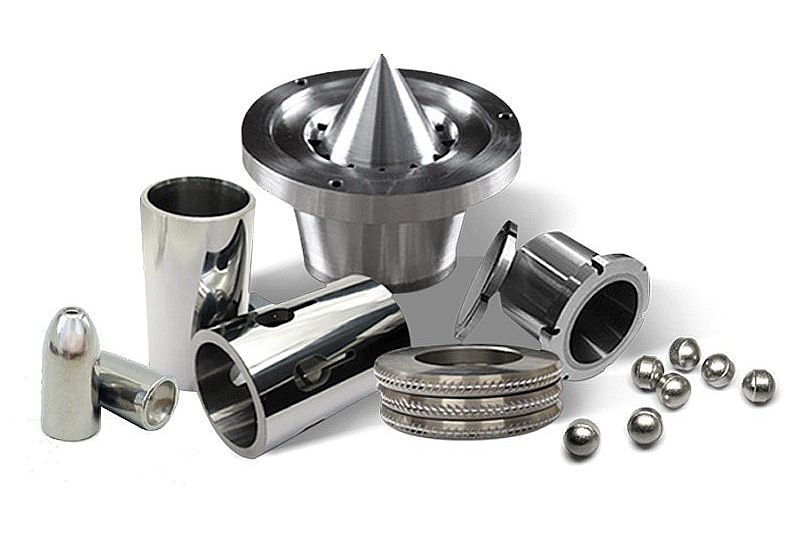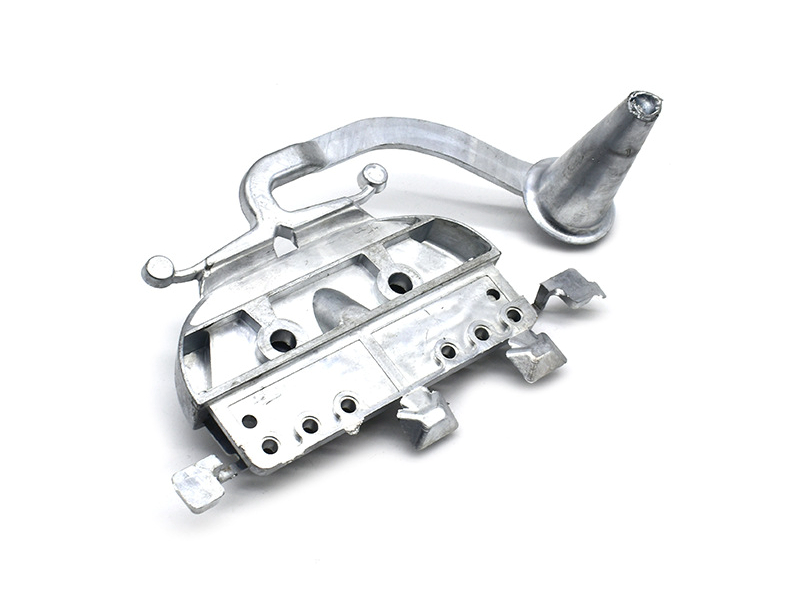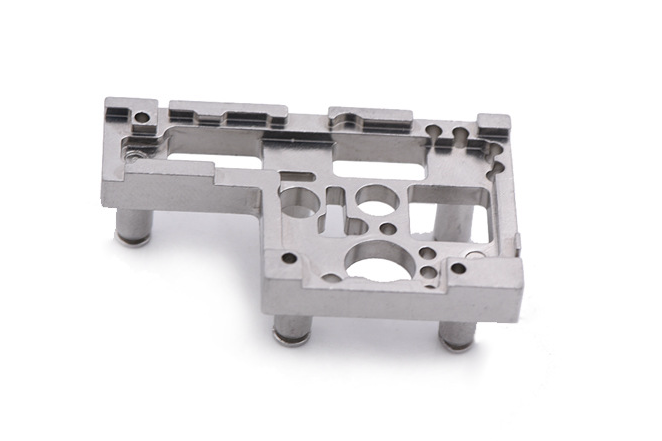What material and structural solutions enable lightweight, high heat dissipation?
What material and structural solutions enable lightweight, high heat dissipation?
Achieving both lightweight design and high heat dissipation requires a combination of advanced materials, optimized structures, and scalable manufacturing processes. Neway leverages metal, polymer, and hybrid solutions to develop efficient thermal management components for consumer electronics, telecommunication hardware, e-mobility power systems, and LED lighting modules.
Lightweight metals with excellent thermal conductivity
Aluminum remains the most widely used lightweight thermal material due to its high conductivity and structural rigidity. Processes such as aluminum die casting, sheet metal fabrication, and CNC machining allow efficient heat sink fabrication. For complex geometries or thin-wall housings, alloys like A380, ADC12, and cast aluminum offer strong castability and good thermal performance.
Magnesium alloys further reduce weight while maintaining acceptable thermal conductivity. Through precision casting of magnesium alloy, Neway delivers lightweight housings and thermal spreaders for automotive and battery systems.
High-performance thermally conductive polymers
For lighter or electrically insulated enclosure parts, thermally conductive polymers provide an alternative to metal. Materials such as PC-PBT, PPS, and reinforced PEEK can be processed through injection molding to form thin structural covers with integrated mounting features. Although polymers have lower thermal conductivity than aluminum, they can be strategically complemented with embedded heat spreaders or heat pipes.
Hybrid designs using insert molding allow metal thermal cores to be encapsulated in plastic housings, combining heat transfer performance with low weight and electrical insulation.
Structural optimizations for high heat dissipation
Geometry optimization enhances heat dissipation, even in cases with moderate thermal conductivity. Thin fins, folded structures, and honeycomb channels increase surface area for convection cooling. During development, Neway utilizes 3D printing prototyping and CNC machining prototyping to validate airflow paths, thermal gradients, and airflow-induced turbulence before tooling.
For metal components, extrusion or stamping can create high-density fin arrays, while die casting supports integrated rib structures and hollow channels. Plastics can achieve complex ribbing and venting layouts through mold design optimization.
Advanced surface treatments to enhance performance
Surface treatments further enhance thermal behavior and durability. For aluminum heat sinks, anodizing improves corrosion resistance while preserving conductivity. For high-temperature parts, thermal coating systems and thermal barrier coatings maintain component integrity during continuous heat exposure.
To reduce mass while improving airflow, post-processing methods like tumbling and polishing remove surface imperfections and enhance laminar flow over heat sink surfaces.
System integration and prototyping validation
Before production, Neway validates designs through thermal simulation and functional testing. Using prototyping services, various materials and structures can be tested quickly under conditions of airflow, temperature, and mechanical stress.
Successful designs are transitioned to mass production using optimized processes such as custom parts manufacturing, ensuring high repeatability while maintaining cost efficiency and lightweight construction.



